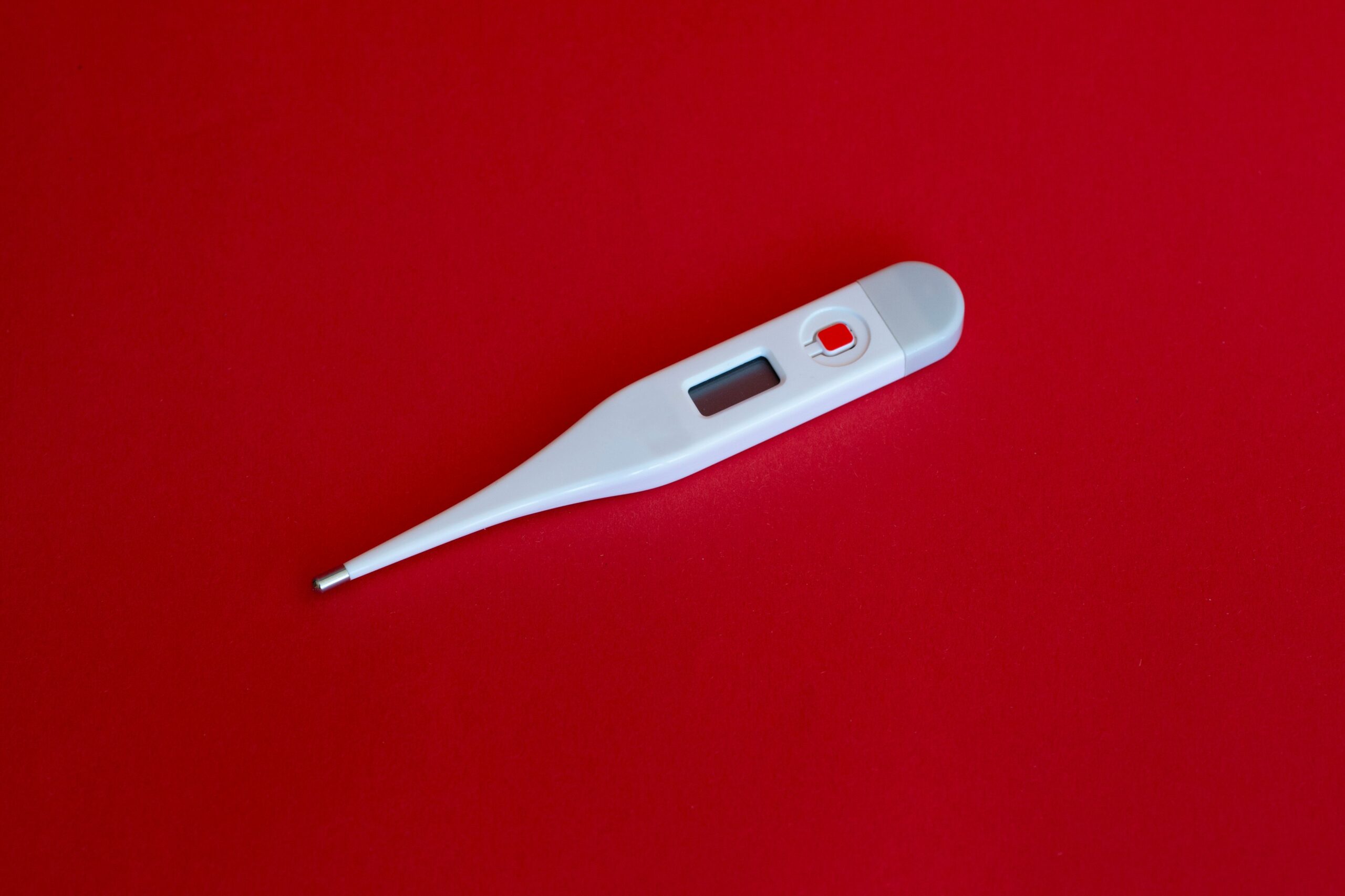Introduction
Diarrhea is a common gastrointestinal condition that can cause discomfort and inconvenience for individuals of all ages. It is characterized by loose and watery stools, often accompanied by abdominal pain, cramping, and dehydration. While there are various causes of diarrhea, one effective medication that has gained attention in recent years is racecadotril. In this article, we will explore the mechanism of action of racecadotril and its role in managing diarrhea, including a specific type known as racecarrhea.
Racecadotril: An Overview
Racecadotril is a medication that belongs to the class of drugs known as enkephalinase inhibitors. It is commonly used to treat acute diarrhea, including racecarrhea, in both adults and children. Racecadotril is available in oral form and works by targeting the enzyme enkephalinase, which is responsible for breaking down enkephalins in the gastrointestinal tract.
The Role of Enkephalins
Enkephalins are naturally occurring substances in the body that play a crucial role in regulating various physiological processes, including pain perception and intestinal motility. They act as neurotransmitters and bind to specific receptors in the gastrointestinal tract, modulating the secretion of fluids and reducing intestinal motility. By inhibiting the breakdown of enkephalins, racecadotril helps to enhance their effects, leading to improved control of diarrhea.
Mechanism of Action
When racecadotril is ingested orally, it is rapidly converted into its active metabolite, thiorphan. Thiorphan acts as a potent inhibitor of enkephalinase, preventing the breakdown of enkephalins in the gut. By inhibiting enkephalinase, racecadotril allows enkephalins to accumulate and exert their effects on the intestinal tract.
Enkephalins bind to specific receptors called opioid receptors, primarily the mu-opioid receptors, located in the gastrointestinal tract. Activation of these receptors leads to a decrease in fluid secretion and an increase in fluid absorption, resulting in firmer stools. Additionally, enkephalins reduce intestinal motility, allowing more time for fluid absorption and reducing the frequency of bowel movements.
Benefits of Racecadotril in Diarrhea Management
Racecadotril offers several benefits in the management of diarrhea, including racecarrhea:
- Reduces Fluid Loss: By decreasing fluid secretion and increasing fluid absorption, racecadotril helps to reduce the volume of watery stools, preventing dehydration.
- Relieves Abdominal Pain: The modulation of pain perception by enkephalins can help alleviate abdominal pain and discomfort associated with diarrhea.
- Improves Quality of Life: By reducing the frequency and urgency of bowel movements, racecadotril can restore a sense of normalcy and improve the overall quality of life for individuals with diarrhea.
- Safe and Well-Tolerated: Racecadotril has been shown to have a favorable safety profile, with minimal side effects reported.
Usage and Dosage
Racecadotril is typically administered orally, and the dosage may vary depending on the age and severity of the condition. It is important to follow the prescribed instructions provided by a healthcare professional and complete the full course of treatment.
Conclusion
Racecadotril, through its mechanism of action as an enkephalinase inhibitor, has proven to be an effective medication for managing diarrhea, including racecarrhea. By enhancing the effects of enkephalins, racecadotril reduces fluid loss, relieves abdominal pain, and improves the overall quality of life for individuals experiencing diarrhea. It is important to consult with a healthcare professional for proper diagnosis and treatment recommendations.
Introduction
Chronic Obstructive Pulmonary Disease (COPD) is a progressive lung disease that affects millions of people worldwide. It is characterized by airflow limitation and persistent respiratory symptoms. Roflumilast, marketed as Westabreath, is a medication that has been approved for the treatment of COPD. In this blog post, we will explore the mode of action of Roflumilast and how it helps in managing COPD.
Understanding COPD
Before diving into the mode of action of Roflumilast, it is important to have a basic understanding of COPD. The disease is primarily caused by long-term exposure to irritants such as cigarette smoke, air pollution, and occupational dust and chemicals. These irritants lead to chronic inflammation and damage to the airways, resulting in the characteristic symptoms of COPD, including coughing, wheezing, shortness of breath, and chest tightness.
The Role of Inflammation in COPD
Inflammation plays a crucial role in the development and progression of COPD. The inflammatory response in the lungs of COPD patients is characterized by the presence of various inflammatory cells and the release of pro-inflammatory molecules. This chronic inflammation contributes to the narrowing of the airways, increased mucus production, and structural changes in the lung tissue.
Roflumilast: A Selective Phosphodiesterase-4 (PDE-4) Inhibitor
Roflumilast belongs to a class of medications known as selective phosphodiesterase-4 (PDE-4) inhibitors. PDE-4 is an enzyme that is involved in the breakdown of cyclic adenosine monophosphate (cAMP), an important cellular messenger. By inhibiting PDE-4, Roflumilast increases the levels of cAMP in the cells of the lungs, leading to various anti-inflammatory effects.
Anti-inflammatory Effects of Roflumilast
1. Reduction of Inflammatory Cell Activation: Roflumilast inhibits the activation and migration of inflammatory cells, such as neutrophils, eosinophils, and lymphocytes, into the lungs. This helps to reduce the overall inflammatory response and prevents further damage to the airways.
2. Suppression of Pro-inflammatory Cytokines: Roflumilast also inhibits the release of pro-inflammatory cytokines, such as tumor necrosis factor-alpha (TNF-α) and interleukin-8 (IL-8), which are known to contribute to the inflammation seen in COPD. By suppressing these cytokines, Roflumilast helps to alleviate the symptoms of COPD and improve lung function.
3. Modulation of Mucus Production: Excessive mucus production is a common feature of COPD. Roflumilast has been shown to reduce the production of mucus by inhibiting the synthesis and secretion of mucins, the main components of mucus. This helps to improve airflow and reduce the frequency of exacerbations in COPD patients.
Clinical Benefits of Roflumilast in COPD
Numerous clinical trials have demonstrated the efficacy of Roflumilast in the management of COPD. Patients treated with Roflumilast have shown improvements in lung function, reduced exacerbations, and decreased symptoms compared to those receiving a placebo. Additionally, Roflumilast has been shown to have a positive impact on quality of life measures in COPD patients.
Conclusion
Roflumilast (Westabreath) is a selective PDE-4 inhibitor that exerts its therapeutic effects through its anti-inflammatory properties. By reducing the activation of inflammatory cells, suppressing pro-inflammatory cytokines, and modulating mucus production, Roflumilast helps to alleviate the symptoms of COPD and improve lung function. It is an important medication in the management of COPD and offers hope to patients living with this debilitating disease.



